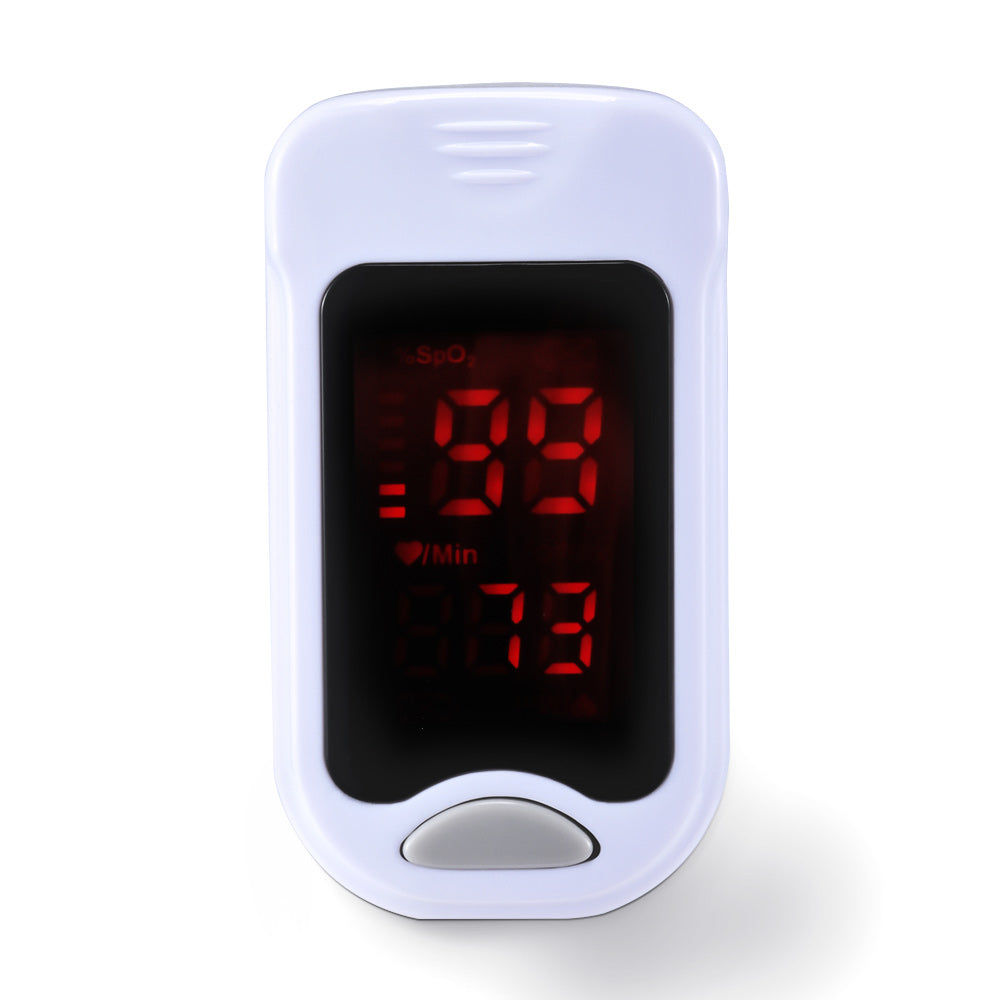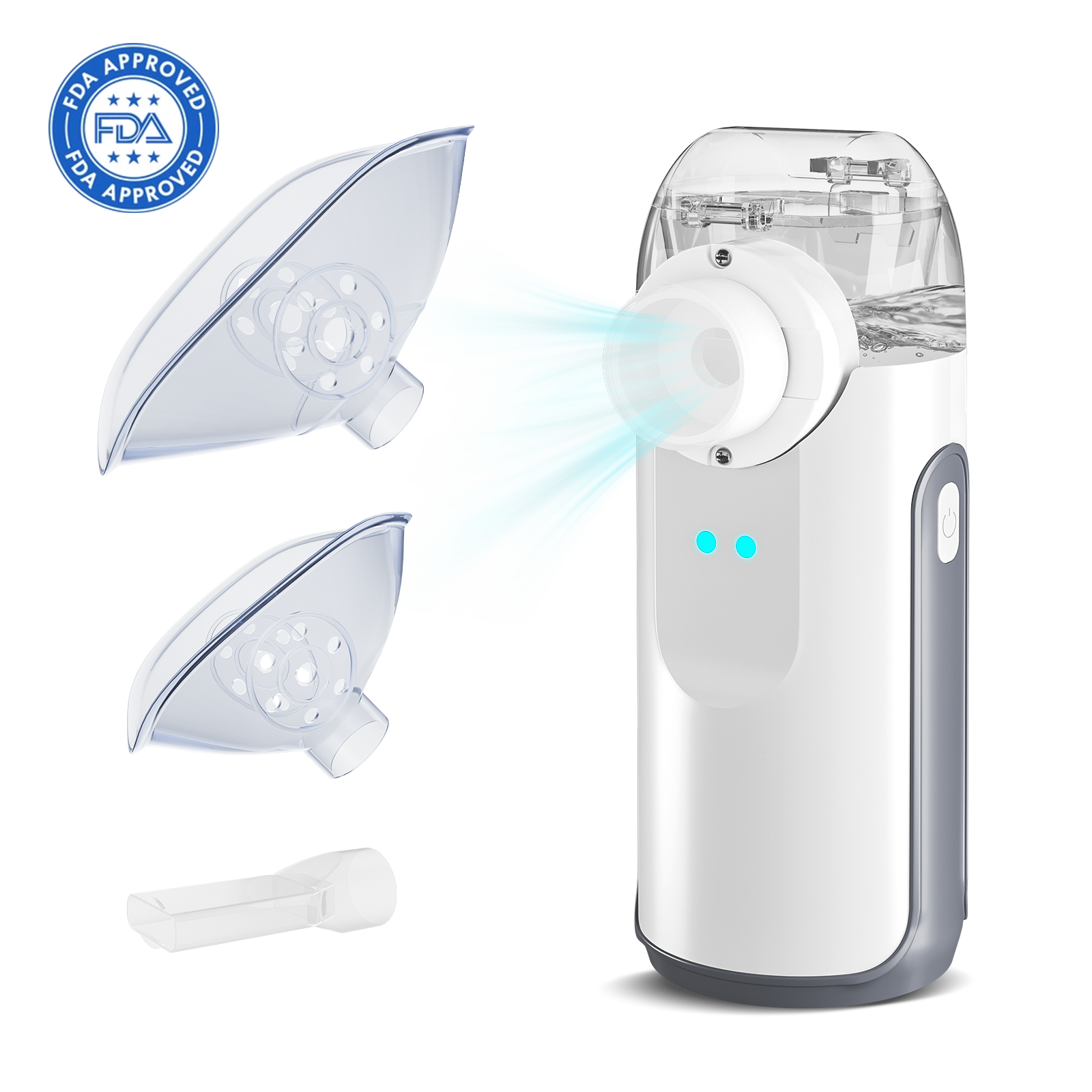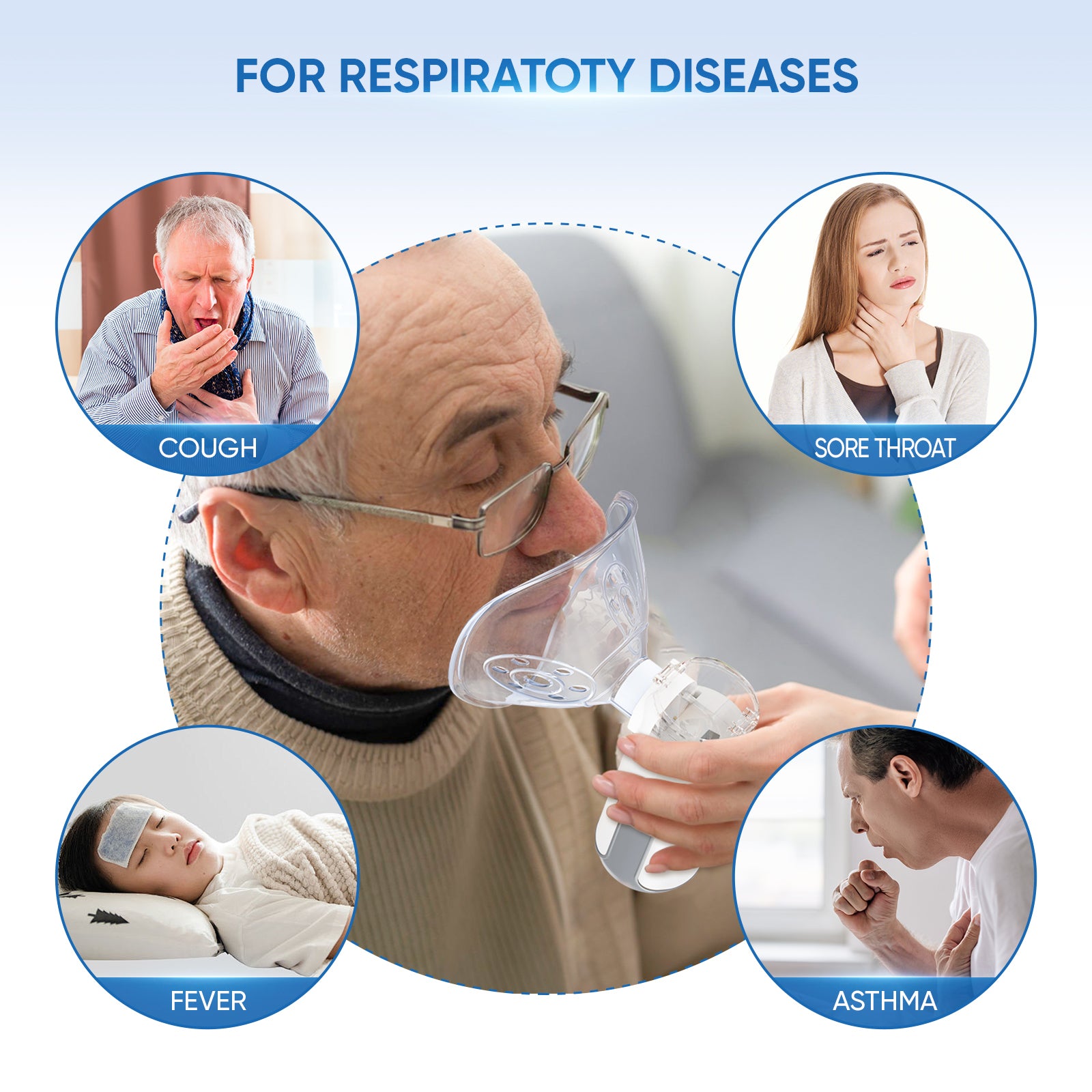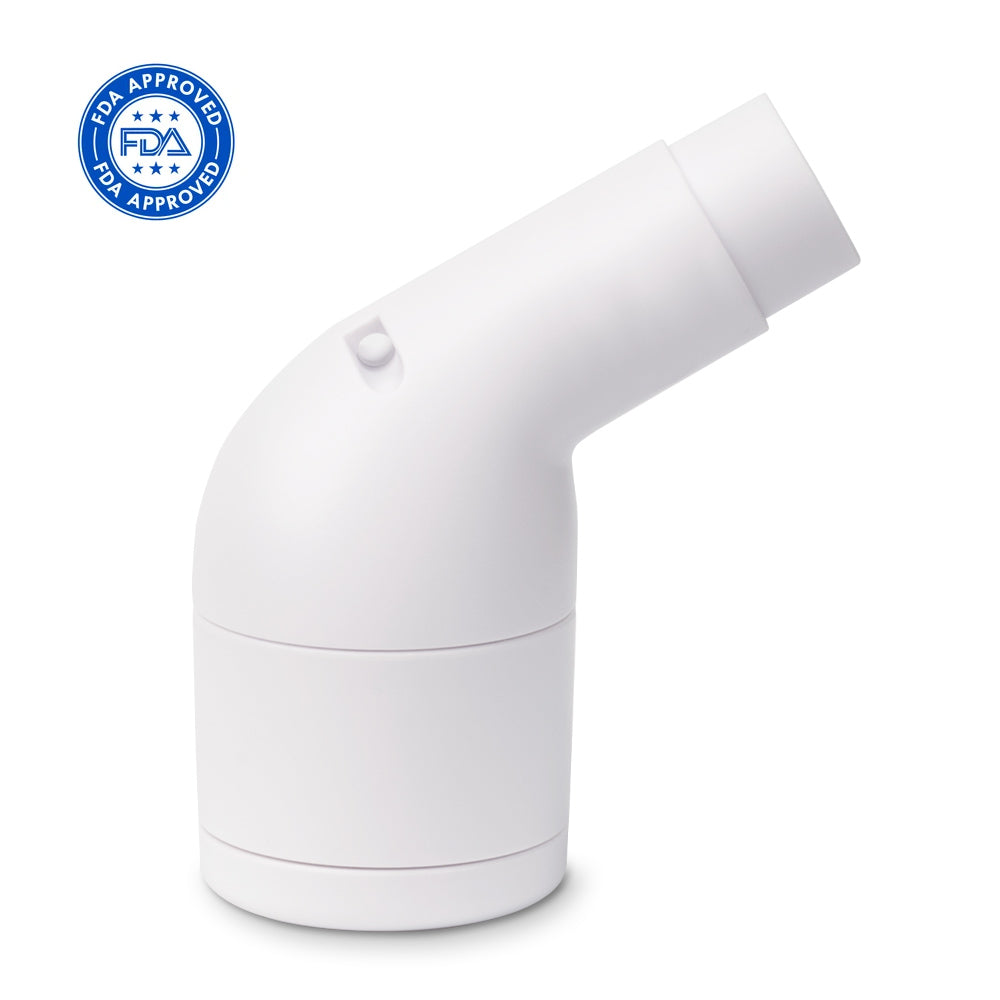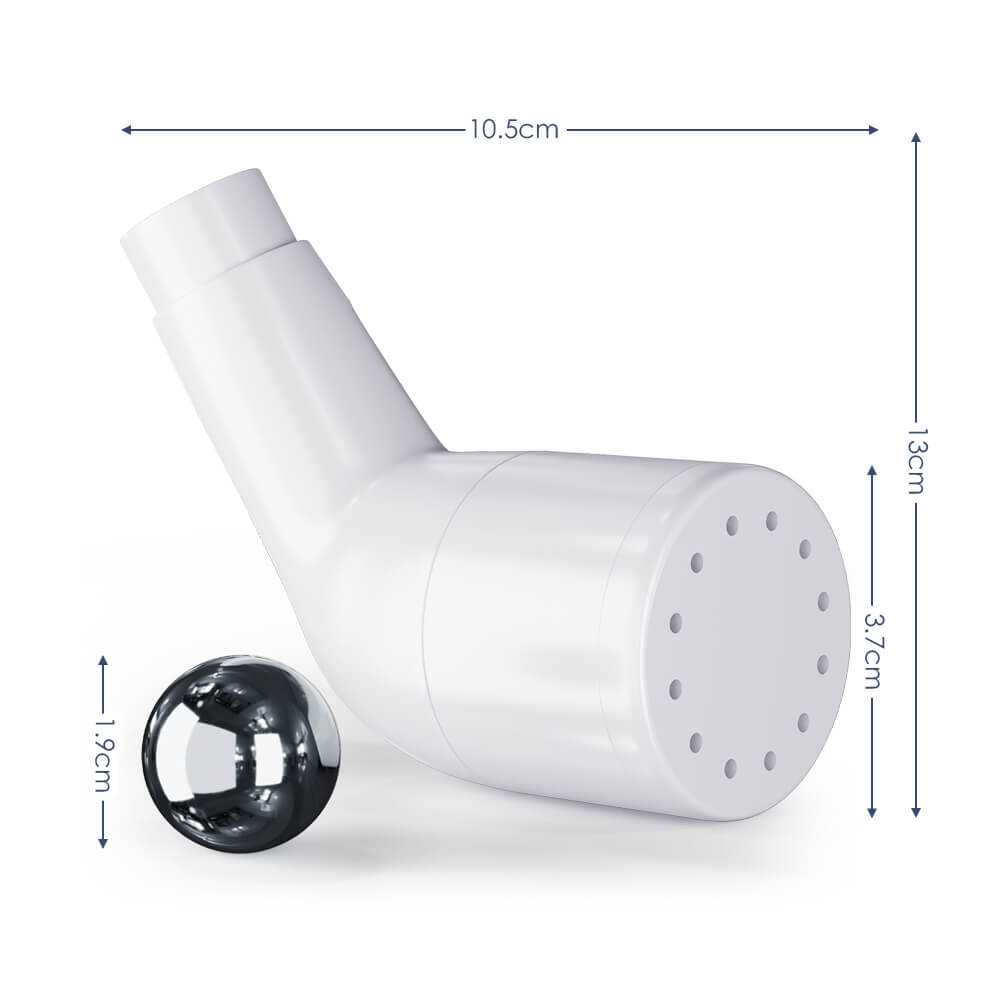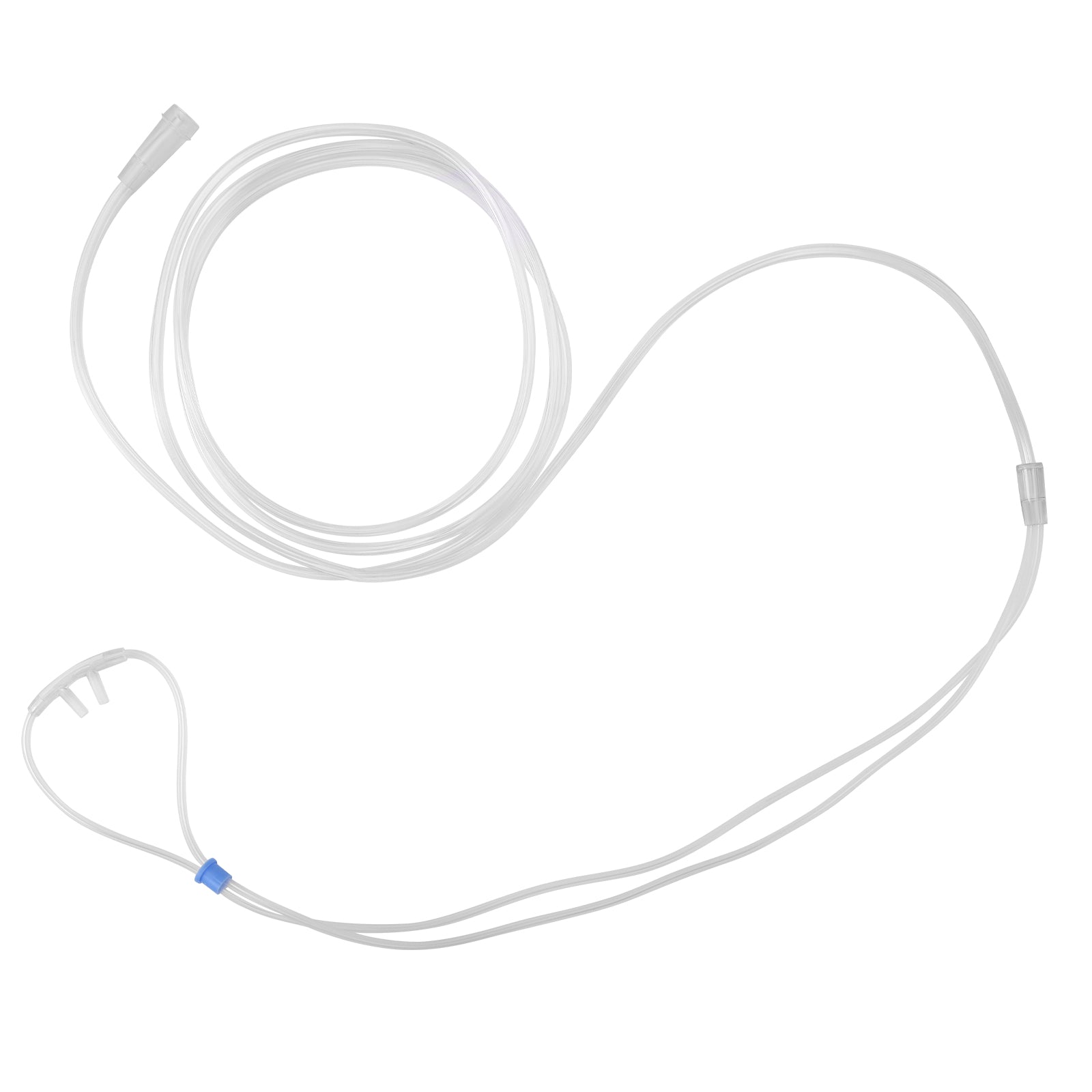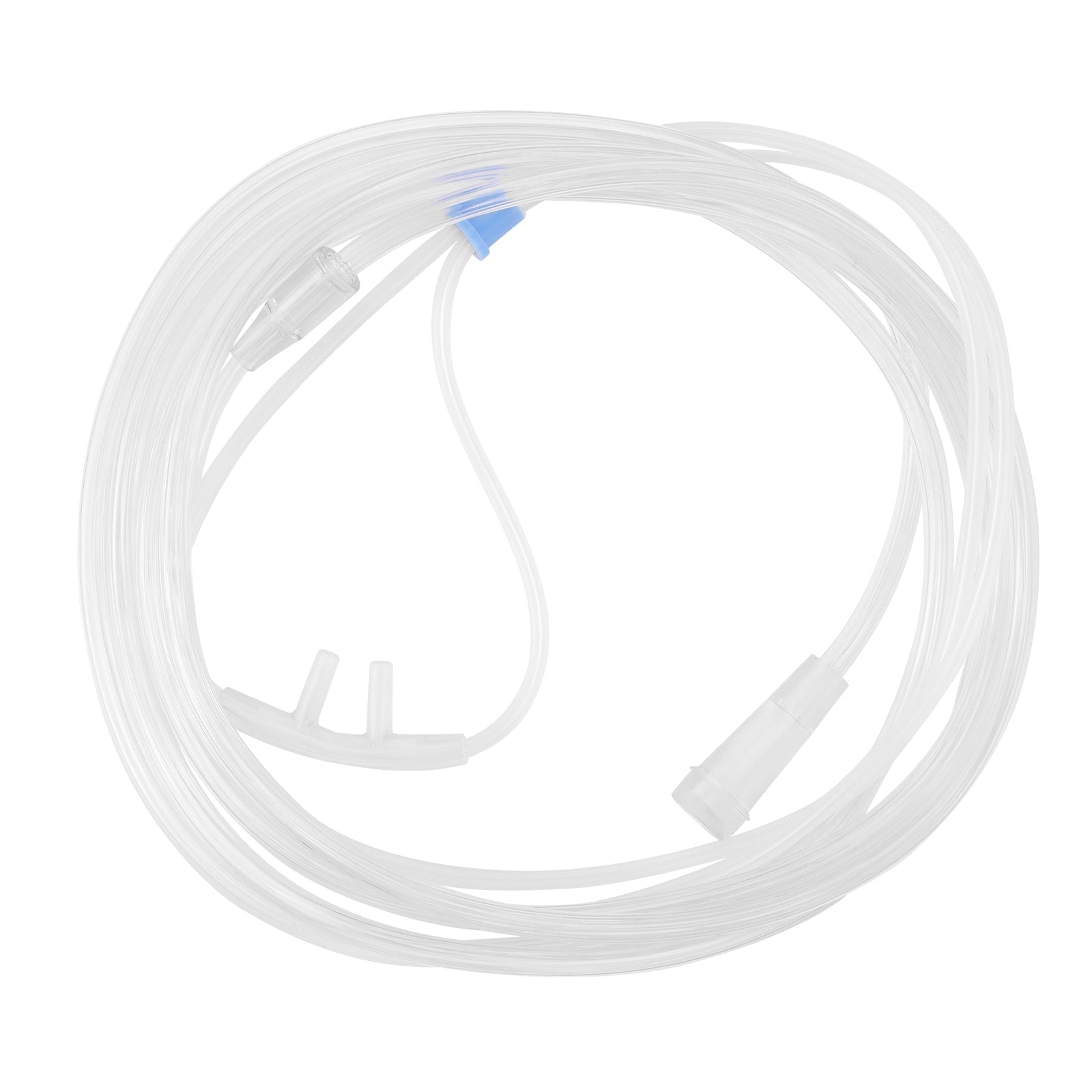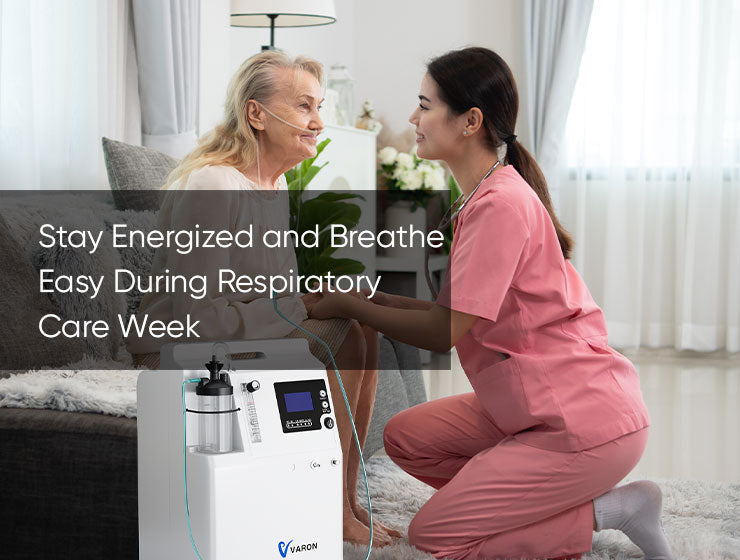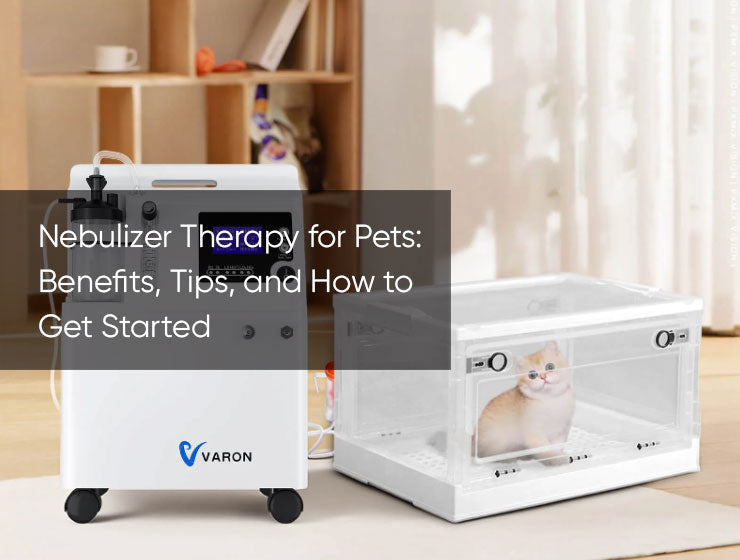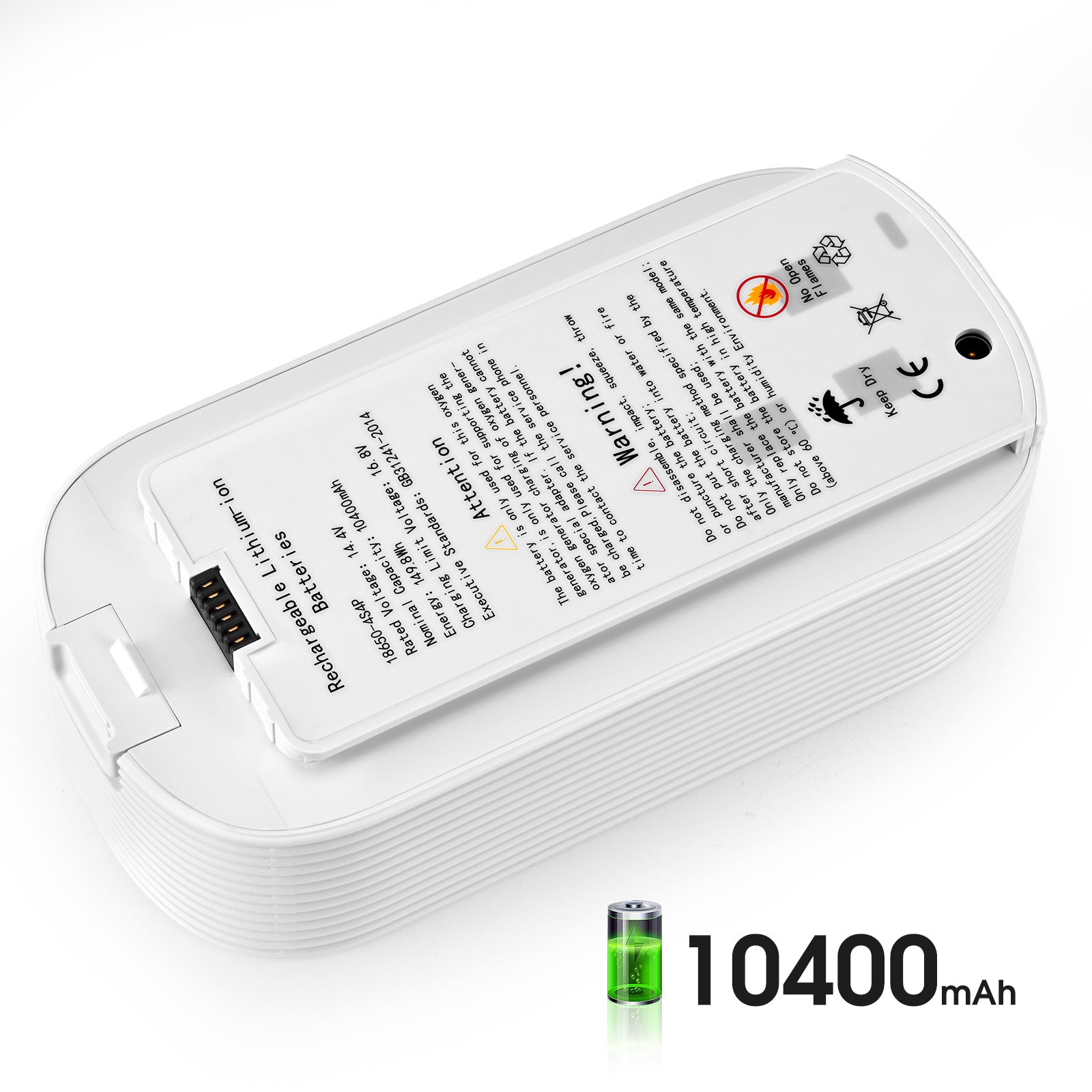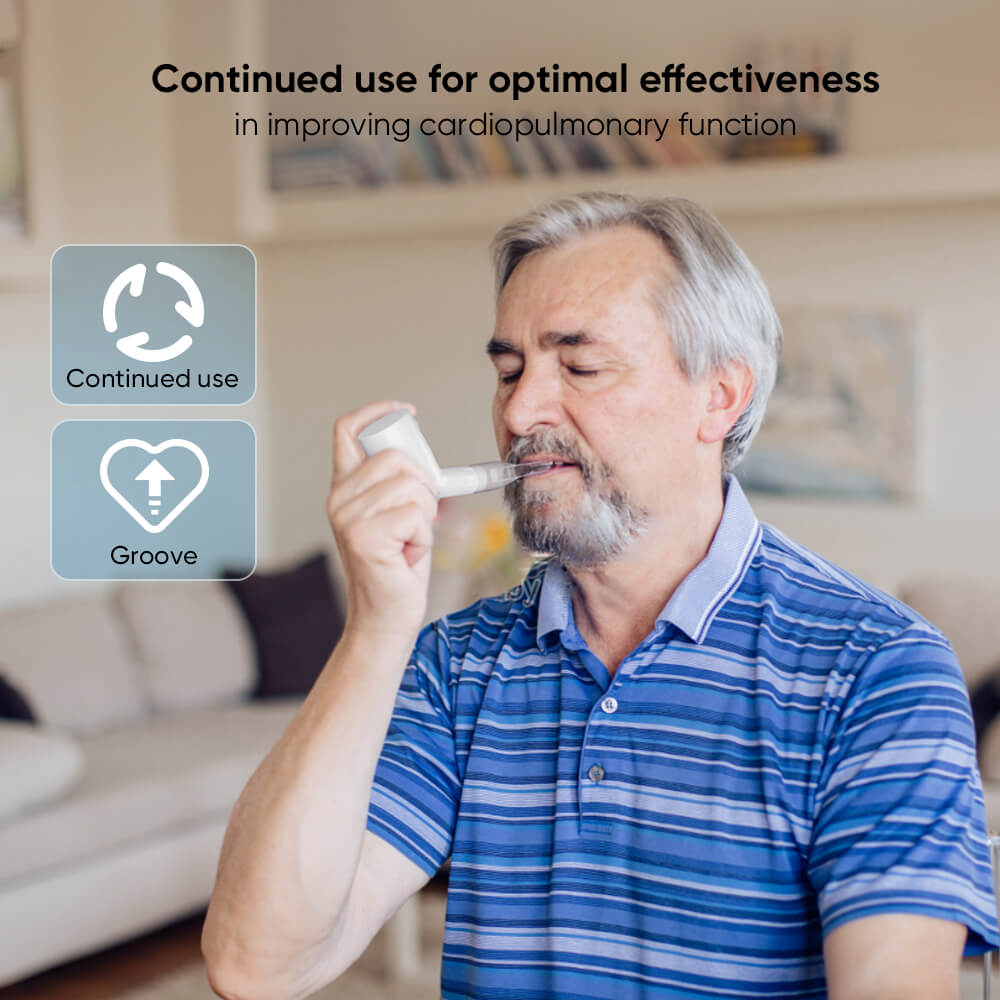Oxygen concentrator is no longer a special product for hospitals. It is increasingly entering people’s homes and becoming a new generation of home oxygen concentrators. As early as the United States, home oxygen concentrators were widely welcomed as a health care product. In recent years, home oxygen concentrators have also been loved by Chinese families. There are different types of household oxygen generators: electronic oxygen generators, oxygen-enriched membrane oxygen generators, pressure swing adsorption oxygen generators, molecular sieve oxygen generators, and chemical oxygen generators.
1. The general principle of the household oxygen generator: The principle of the oxygen generator is to use air separation technology. First, the air is compressed at a high density and then the difference in the condensation point of each component in the air is used to separate the gas and liquid at a certain temperature. It is obtained by further distillation. The working principle of the household oxygen generator: using molecular sieve physical adsorption and desorption technology. The oxygen generator is filled with molecular sieves, which can absorb nitrogen in the air when pressurized, and the remaining unabsorbed oxygen is collected and purified after purification. Becomes high-purity oxygen. The molecular sieve discharges the adsorbed nitrogen back into the ambient air during decompression, and can adsorb nitrogen and produce oxygen during the next pressurization. The whole process is a periodic dynamic cycle process, and the molecular sieve is not consumed.
2. Principle of molecular sieve oxygen generator: It adopts an advanced gas separation technology (PSA method). The service life of this kind of oxygen concentrator is generally between 3000-5000 hours, and it is a popular household oxygen concentrator.
3. Principle of chemical oxygen generator: Use reasonable chemical formula to produce oxygen under specific conditions. This kind of oxygen generator can indeed meet the urgent needs of some consumers, but the operation is troublesome, the use cost is high, and it cannot be used continuously, so it is not suitable for home oxygen therapy.
4. Common sense about the maintenance of home oxygen concentrators: products will inevitably be damaged, and the price of home oxygen concentrators is very high, in order to save expenses, we must pay attention to maintenance of home oxygen concentrators, first choose a reasonable oxygen inhalation time. For patients with severe chronic bronchitis, emphysema, and with clear lung function abnormalities, and the oxygen partial pressure continues to be less than 60 mmHg, oxygen therapy should be given for more than 15 hours a day; for some patients, there is no or only With mild hypoxemia, short-term oxygen administration can alleviate the discomfort of "shortness of breath" during activity, tension or fatigue. The oxygen in the oxygen cylinder cannot be used up. Generally, 1mPa is required to prevent dust and impurities from entering the cylinder and causing an explosion when refilling. . Nasal catheters, nasal congestion, humidification bottles, etc. should be disinfected regularly.
There are five different types of home oxygen concentrators, and although the working principles of the different types are different, their general laws are similar.
The working principle of home oxygen concentrator
Yu Xinnan
Related Posts
Nebulizer Therapy for Pets: Benefits, Tips, and How to Get Started
Kimberly Boquirin
Oxygen Concentrator & Festivals
TTLife Columbus Day Sale 2025 — The Best Oxygen Concentrator Guide
Kimberly Boquirin


